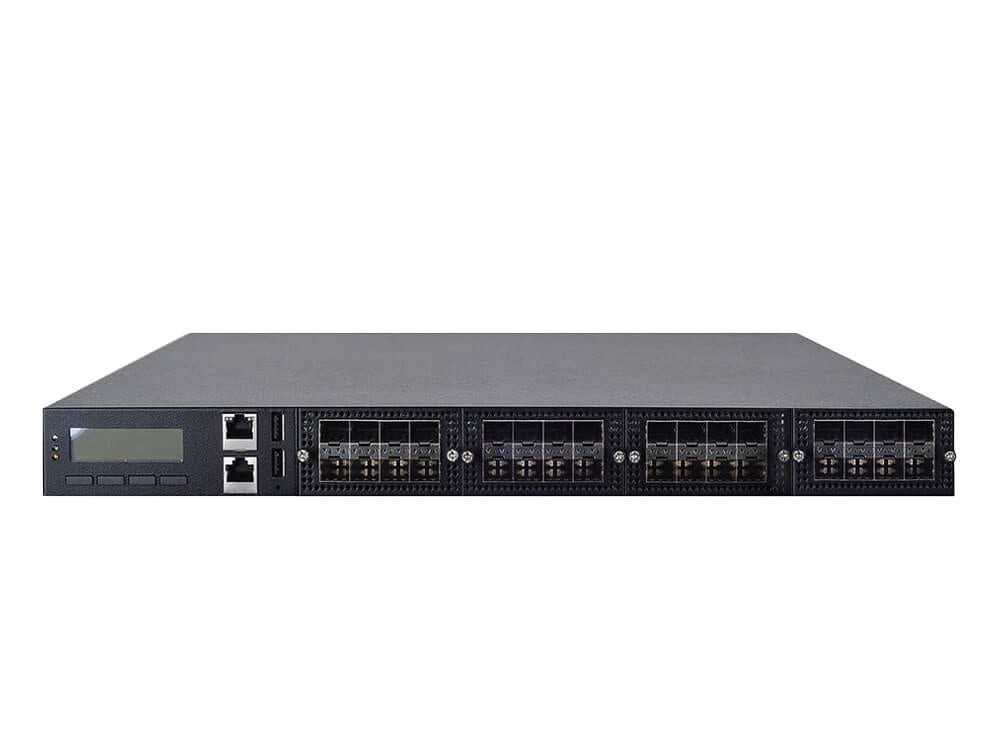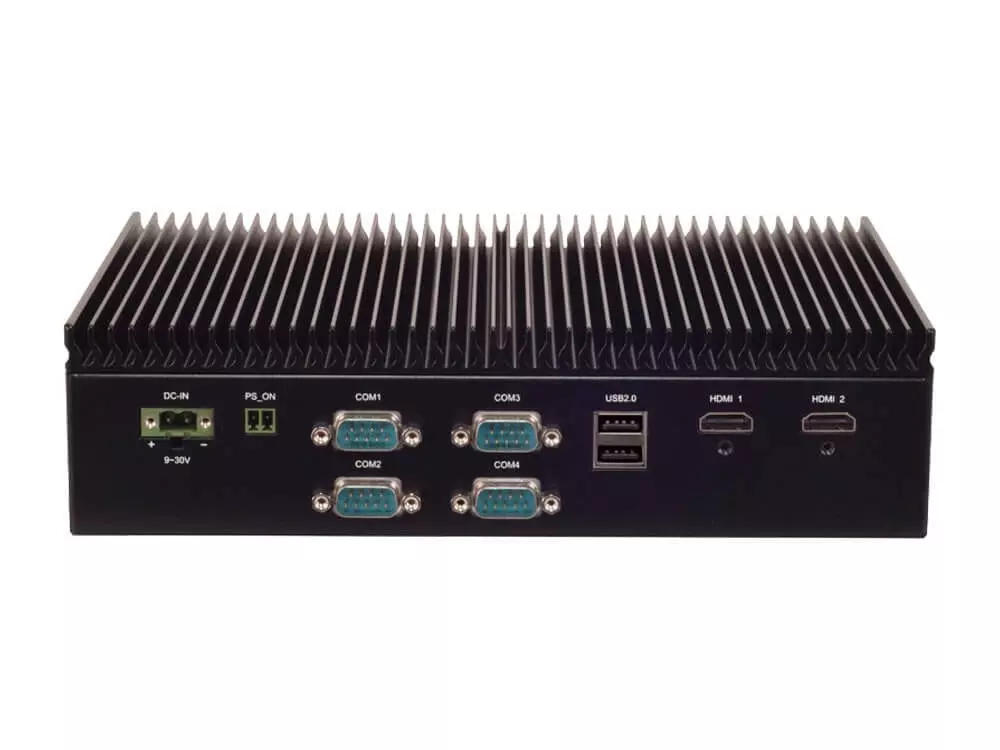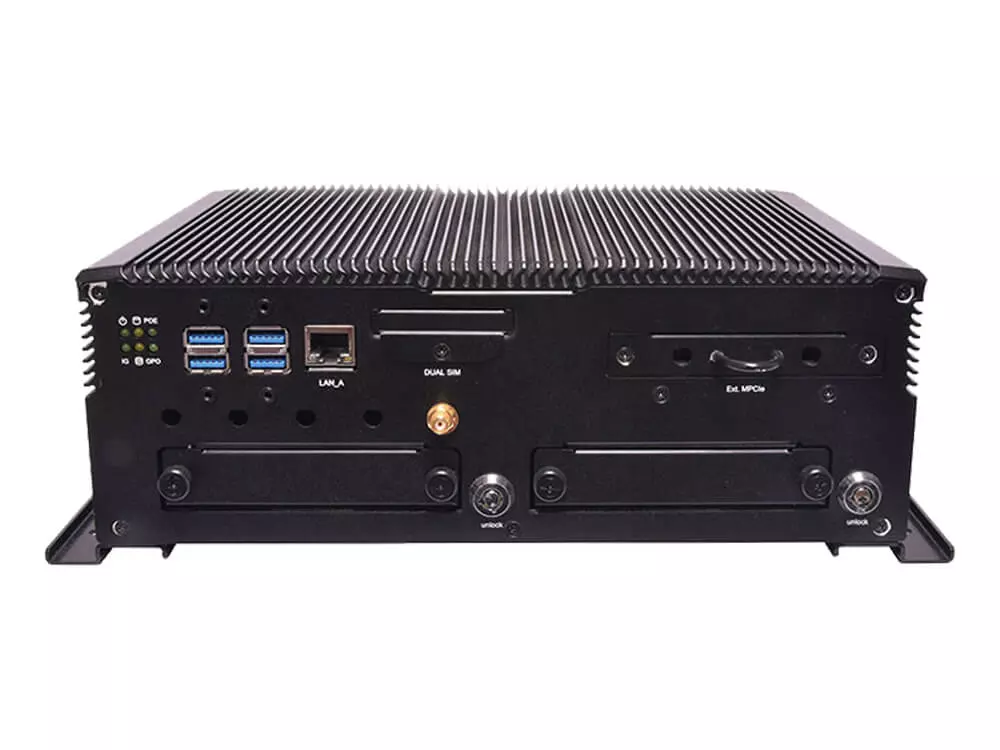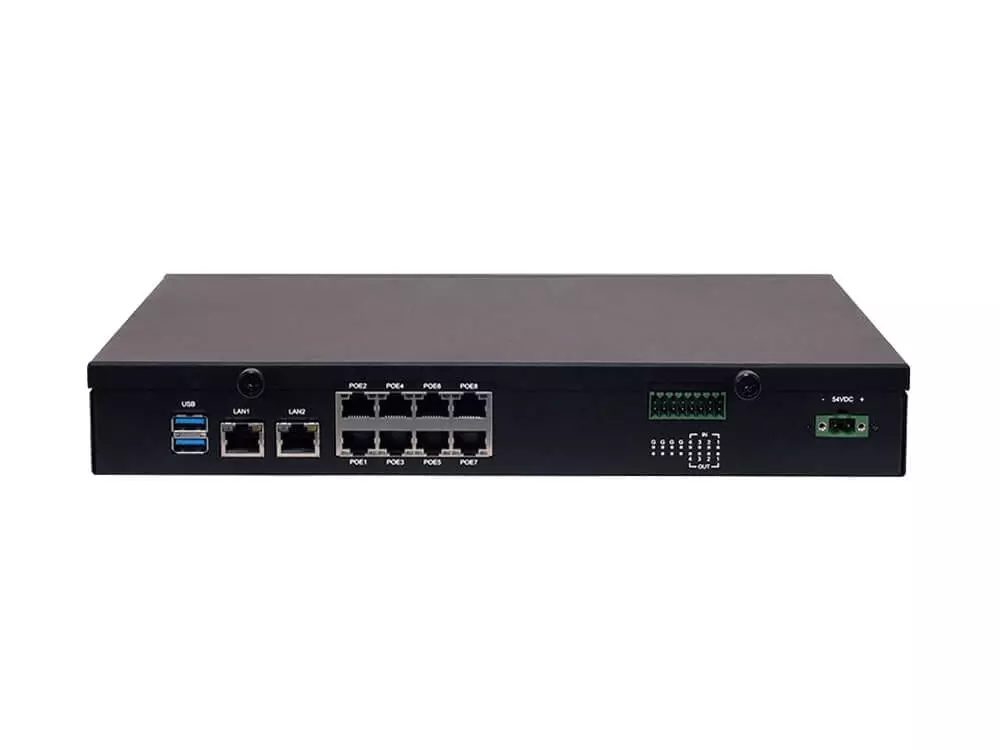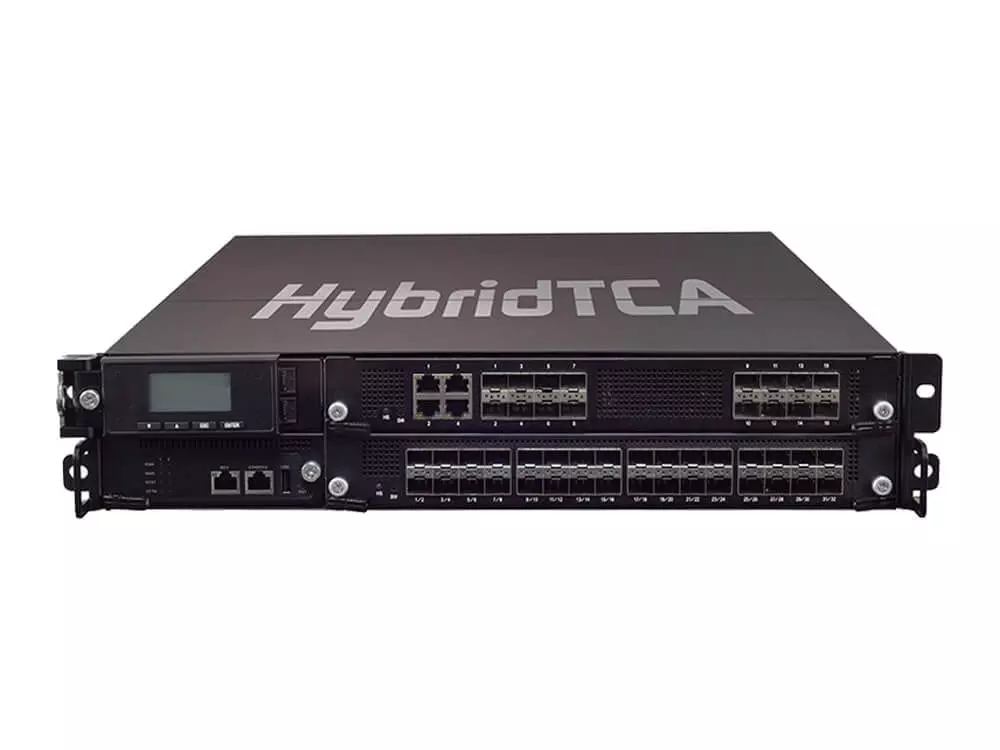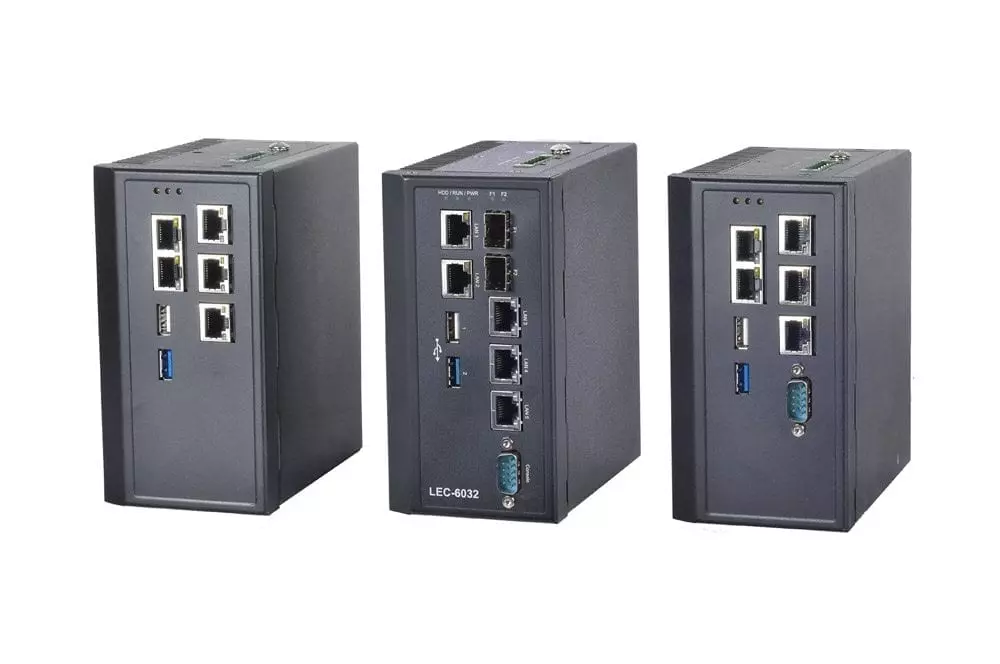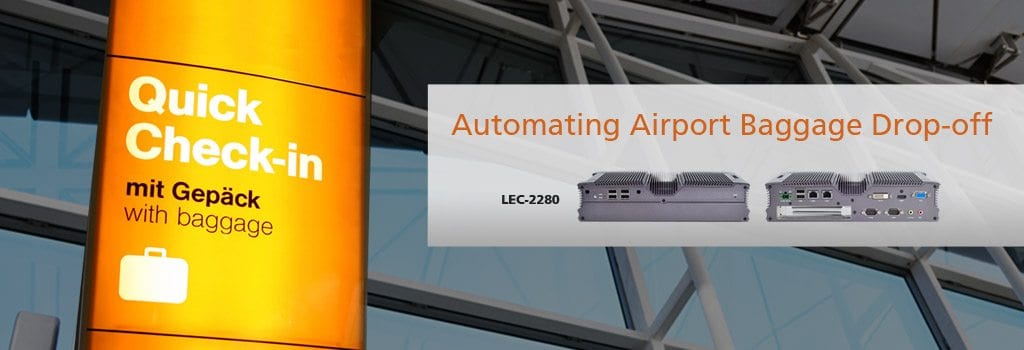 One of the key performance indicators for determining the operation success of an airport is its capacity and efficiency for processing passenger and baggage check-in. Higher capacity and greater efficiency can be achieved via staff training, SOP enforcement and process automation.
One of the key performance indicators for determining the operation success of an airport is its capacity and efficiency for processing passenger and baggage check-in. Higher capacity and greater efficiency can be achieved via staff training, SOP enforcement and process automation.
While process automation has long been implemented at most major airports in the form of self-service kiosks that enable passenger check-in, seat selection and board pass printout, self-service baggage drop-off, on the other hand, represents the next step in airport process automation because such service further simplifies travel for passengers by eliminating another checkpoint passengers need to queue up for, allowing them greater control in managing their time and schedule while awaiting flights.
To use the system, passengers place their baggage inside the station and enter their personal and flight details, which are then processed automatically.
Customer Requirements
A company specializing in developing self-service products and facilities for airport terminals approached Lanner with an inquiry for a hardware solution that could be deployed for setting up self-service baggage drop-off systems at terminals located in one of continental Europe’s busiest airports.
A total of 20 terminals at the said airport would be equipped with the said baggage drop-off system, with the aim to reduce overall operating cost, maximize terminal passenger throughput and improve passenger experience.
Their requirements are as followed:
- Reliable CPU
CPU stability is imperative for handling baggage check-in requests 24/7 from more than one third of an estimated 4.5 million passengers passing through the said international airport per month - Rich I/O Interface
A full range of I/O options must be made available for connecting external devices that include touch displays, baggage tags printers, boarding pass scanners, weight scales and conveyor belts. - Flexible Expansion Capability
In additional to the aforementioned external devices, options for adding other devices, peripherals or software utilities must also be taken into consideration in order to future-proof infrastructure upgrades as year-on-year growth in both air traffic volume and passenger throughout at the said airport are to be expected.
Lanner Solution
Lanner’s LEC-2280, one of Lanner’s flagship high-performance computing solutions specifically designed for industrial automation applications, was eventually selected for setting up the self-service baggage drop-off system.
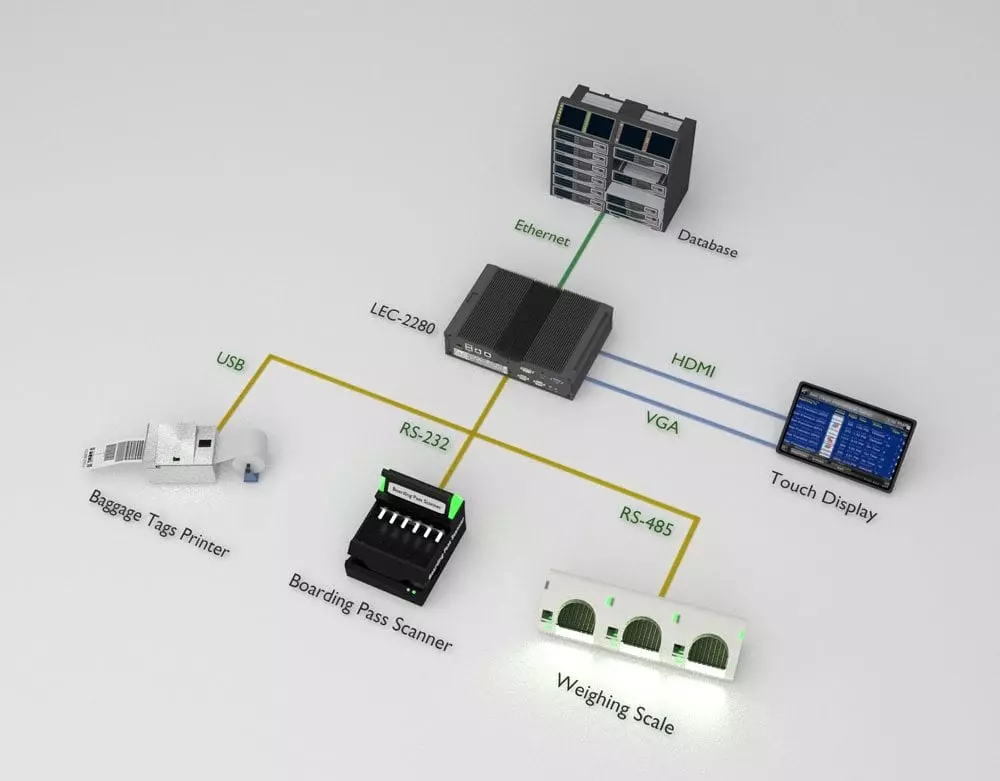
The LEC-2280 is available in two models, namely the LEC-2280E and the LEC-2280P2, they are different in dimensions and each model is available in 4 SKUs. Some of the notable features include Intel Core i7/i5/i3 processor, rich I/O support, PCI/PCIe expansion, fanless design, HDMI/ VGA/DVI-D display output, 9~30VDC voltage Input and MIO expansion layer.
Customer’s Benefits
Powered by Intel’s 3rd generation Core™ i3/i5/i7 processors (codenamed Ivy Bridge), the LEC-2280 outperforms its Sandy Bridge counterparts by 15% in CPU performance. Such ample processing power makes available more than sufficient processing power for seamlessly integrating the airport’s existing infrastructure and each airline carrier’s proprietary software for handling the staggering number of baggage check-in requests.
In addition to the powerful processors and computing performance, the LEC-2280’s multiple video-out ports, dual GbE LAN ports, 4 serial COM ports, 4 USB ports, 2.5” SSD/HDD drive bay for up to 2TB of storage and fanless design all ensure uptime and availability for the baggage drop-off system including its peripherals such as conveyer belts, laser scanners, weighing scales, barcode printers touch screen displays.
The self-service drop-off system also takes advantage of the LEC-2280’s PCI/PCIe expansion capability and optional riser cards, when necessary, for connecting external peripherals or devices, and for simplifying the process of hardware and software upgrading. The LEC-2280’s MIO expansion layer and PCIe x16 slot, which can be turned into a PCIe x1 or PCIe x8 port via the compatible riser cards, brings scalability and customization for meeting future functions that might be added to the self-service baggage drop-off system.
Conclusion
The self-served check in, transfer and now the self-served baggage drop-off services have further cemented this international airport’s position as the continental Europe’s preferred airport, receiving awards for the Best Baggage Initiative at the Future Travel Experience Congress.
The convenience and positive experience with using these terminal stations for baggage drop-off have also given rise to the demand for their roll-out beyond the existing 20 terminals; Lanner is currently offering additional hardware design and integration services to the same customer for expanding the installation of these self-service baggage drop-off stations.
